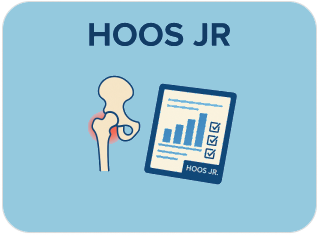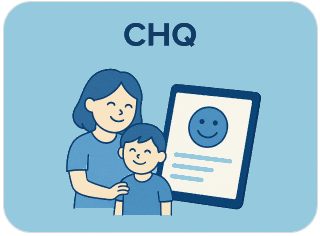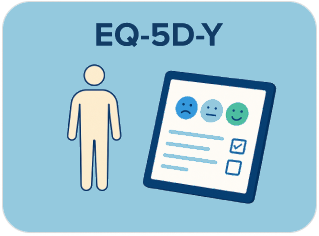Reimagining DDH Management with Data-Driven Clinical Insight and Scalable Innovation
Empowering care teams and medical innovators to address DDH with precision, performance tracking, and improved surgical outcomes across pediatric and adult populations.
Reimagining DDH Management with Data-Driven Clinical Insight and Scalable Innovation
Empowering care teams and medical innovators to address DDH with precision, performance tracking, and improved surgical outcomes across pediatric and adult populations.
Track What Matters:
Measuring What Improves Outcomes in DDH
Developmental Dysplasia of the Hip (DDH) spans a broad age range—from infants to young adults—requiring longitudinal oversight and surgical adaptability. Monitoring the right patient-reported outcome measures (PROMs) enables healthcare teams to tailor care, reduce revision rates, and align innovations with measurable impact.
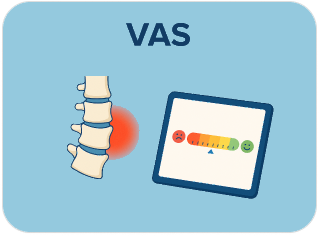
Directly measures the intensity of hip pain experienced by the child or adolescent with DDH.
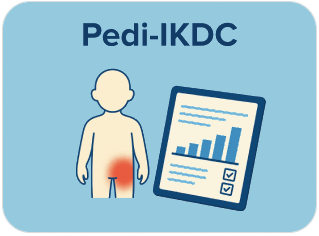
Assesses activity limitations and hip-related symptoms relevant to growing individuals with DDH.
Powered suported by leading international healthcare service
Core Components in DDH Management
Whether it’s early detection, joint preservation, or reconstructive surgery, DDH demands adaptable tools and data-rich systems that grow with the patient. Here’s a snapshot of commonly used components in managing DDH across age and severity spectrum:
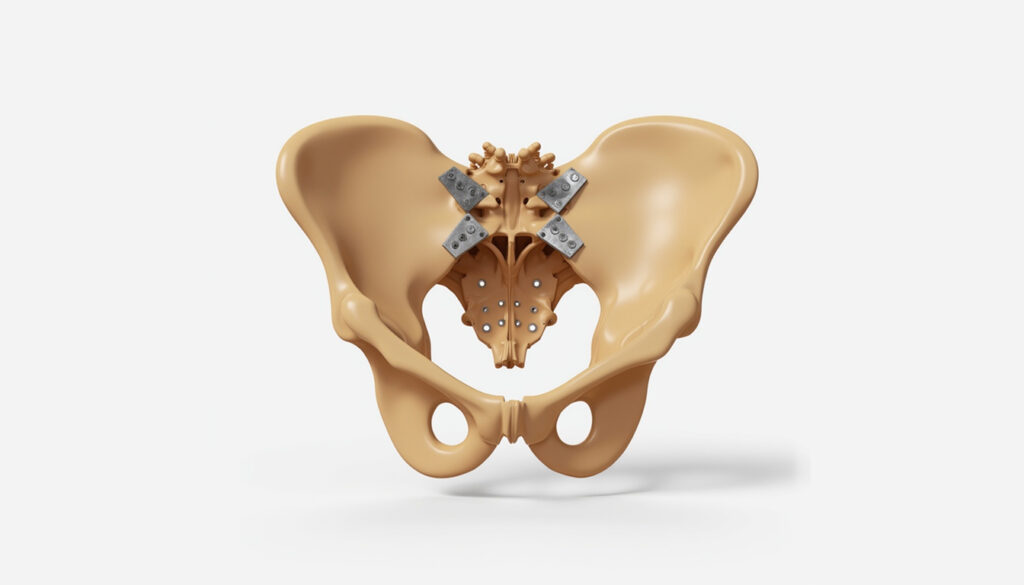
Pelvic Osteotomy Plates and Screws
Outcome:
Stabilize pelvic corrections for dysplasia; high union rates (90-95%). Ideal for ages 1-18. Enhances mobility, reduces pain long-term.
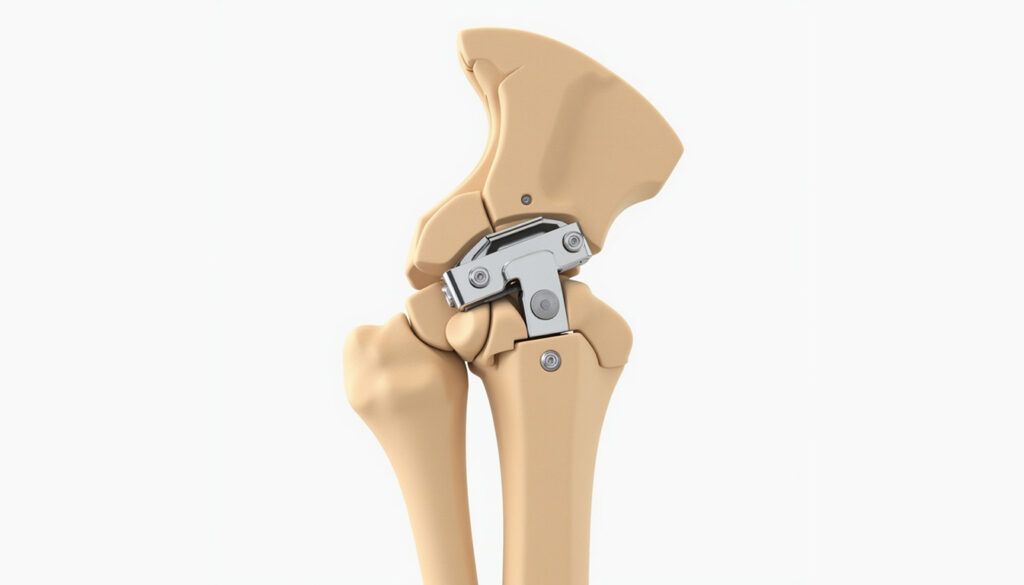
Femoral Osteotomy Fixation Devices
Outcome:
Correct femoral deformities; 85-90% success. Best for ages 2-16. Improves alignment, supports normal growth
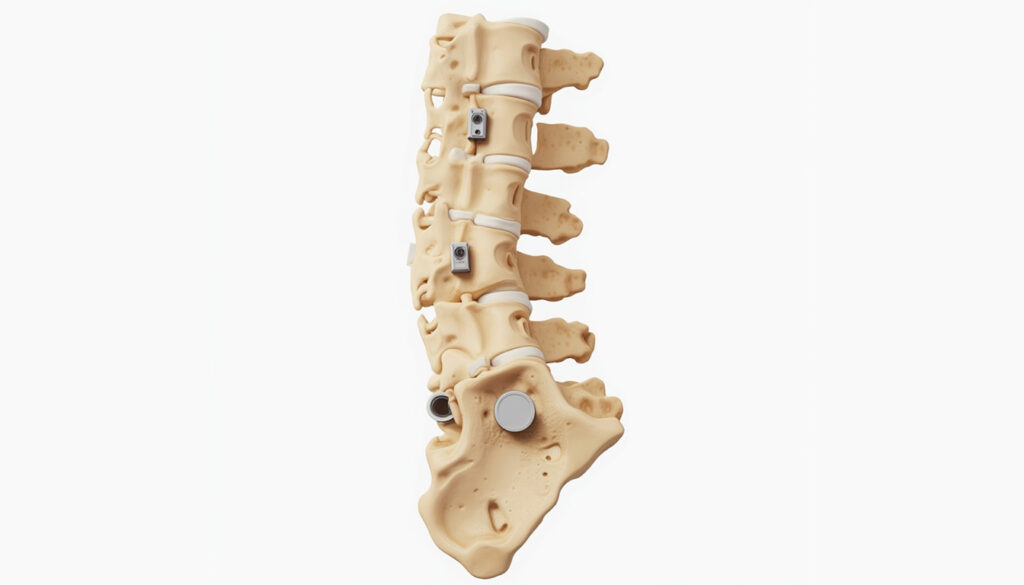
Growth-friendly Fixation Devices
Outcome:
Support spinal growth in scoliosis; 80% effective. Suited for ages 5-12. Minimizes deformity progression, preserves lung function.
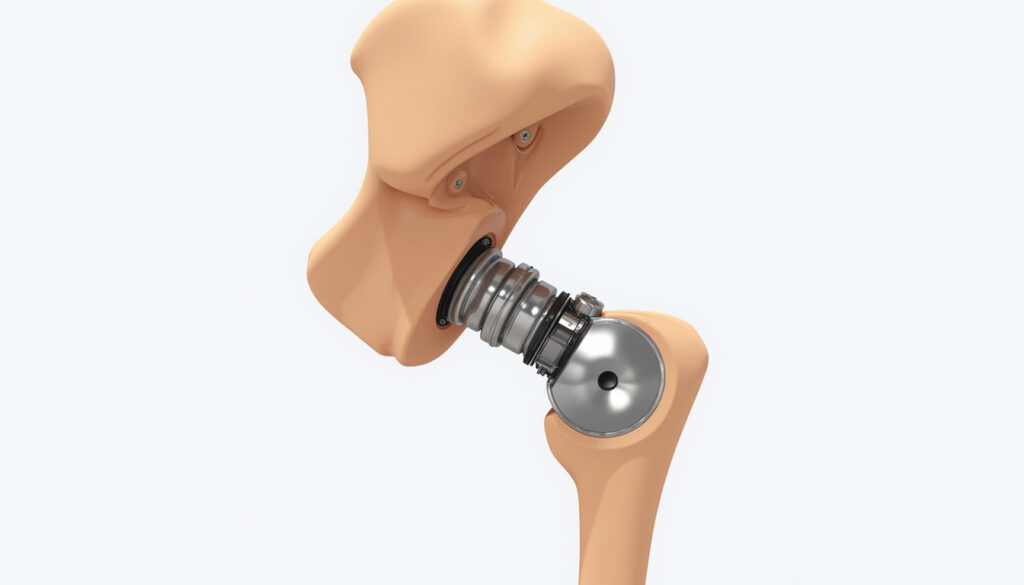
Modular Hip Systems
Outcome:
Restore hip function in fractures; 90% survival at 10 years. Ideal for ages 50+. Enhances stability, improves quality of life.
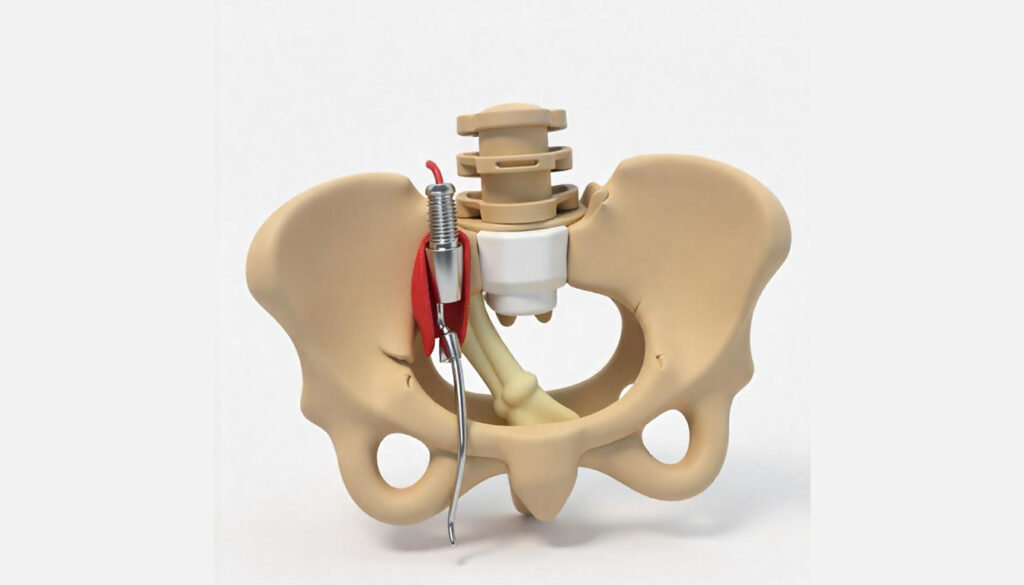
Suture Anchors
Outcome:
Repair soft tissue to bone; 95% success. Ages 18-60. Restores joint stability, enables active lifestyle.
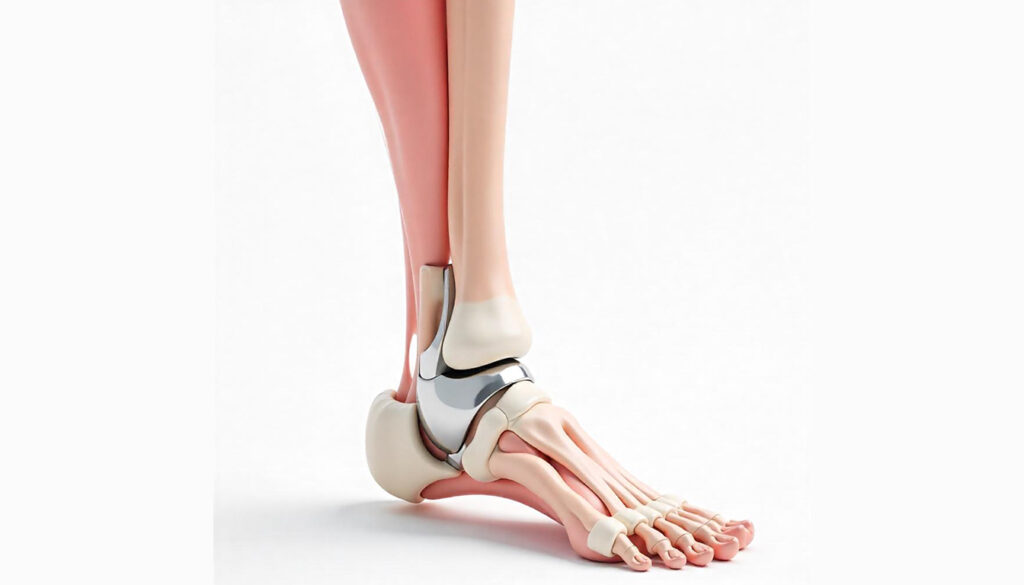
Subtalar Arthroereisis
Outcome:
Correct flatfoot; 85% symptom relief. Best for ages 8-18. Improves foot alignment, reduces fatigue.
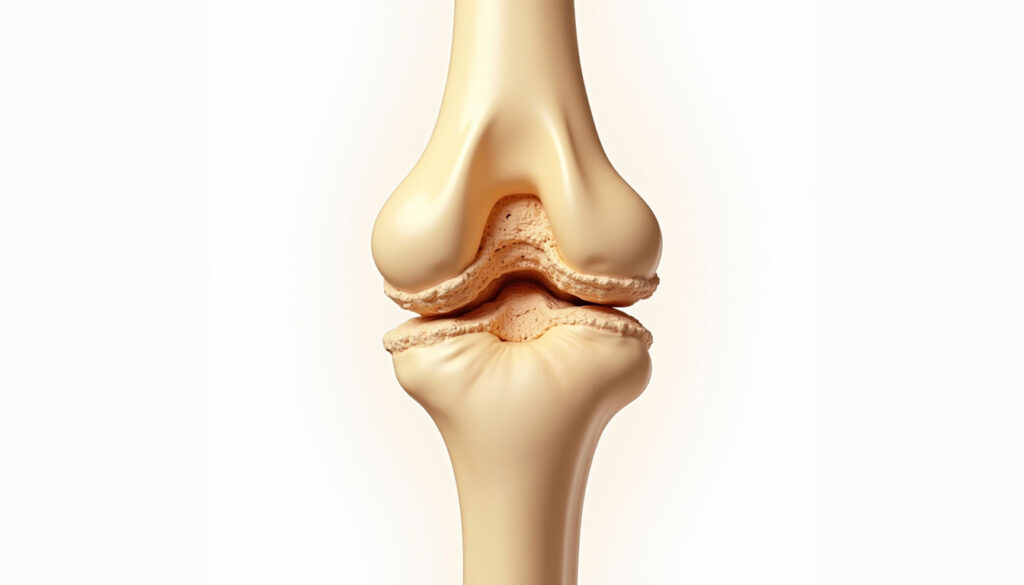
Bone Graft
Outcome:
Enhances bone healing; 90% fusion success. All ages, best 2-50. Accelerates recovery, strengthens skeletal structures.
Clinical & Commercial Acceleration in DDH Management
As DDH diagnosis and treatment continue evolving, platforms and workflows need to reflect not only surgical success but also patient trajectory, health economics, and innovation readiness.
Better reimbursement alignment
through real-world outcome tracking and cost-effectiveness evidence.
Faster regulatory clearances
with structured PROMs and clinical validation support.
Market differentiation
for device innovators using real-world performance metrics.
Improved patient engagement
across pediatric to adolescent transitions using age-appropriate PROM tracking.
Standardized data capture
streamlines surgical planning and supports early intervention.
Integration with registries and EMRs
offers seamless tracking and research insights.
Modular implants
reduce inventory complexity while allowing tailored surgical care.
Data-led feedback loops
inform quality improvement and device iteration cycles
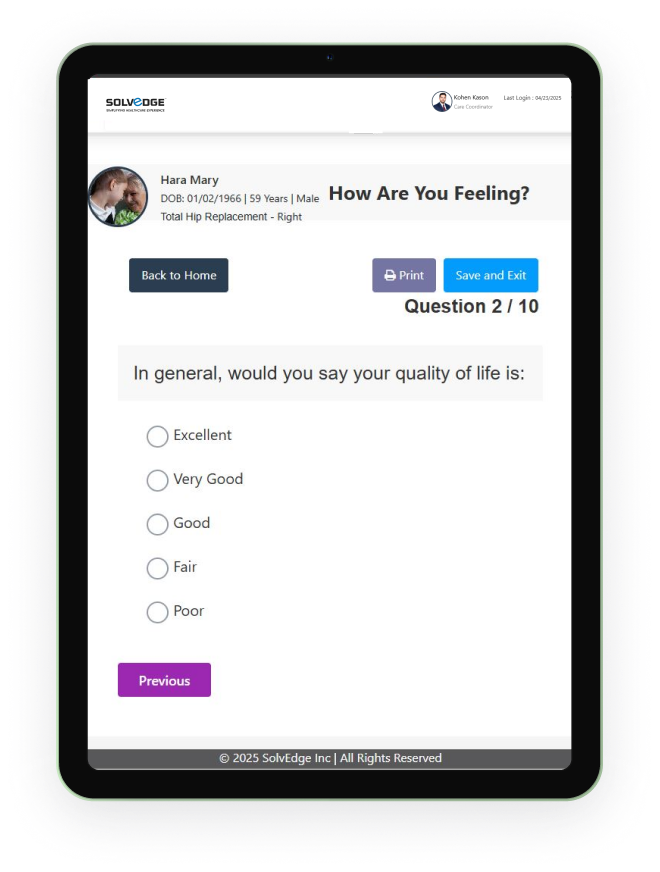

Turn DDH Complexity into Measurable, Scalable Impact
Whether you’re shaping the future of hip preservation or optimizing value-based care, the tools are here.
